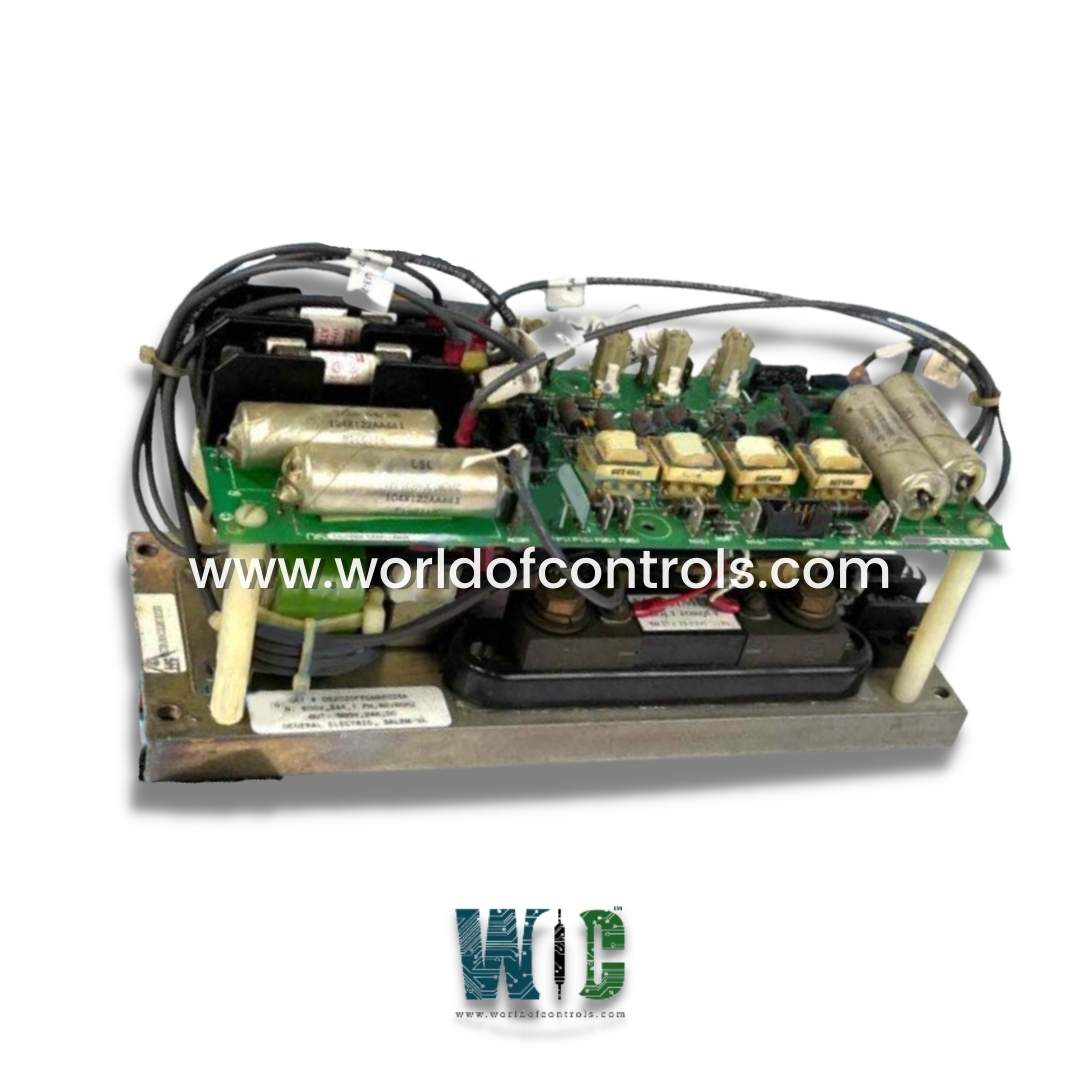
World Of Controls understands the criticality of your requirement and works towards reducing the lead time as much as possible.
DS2020FECNRP005A - Field Exciter Module is available in stock which ships the same day.
DS2020FECNRP005A - Field Exciter Module comes in UNUSED as well as REBUILT condition.
To avail our best deals for DS2020FECNRP005A - Field Exciter Module, contact us and we will get back to you within 24 hours.
Part Number: DS2020FECNRP005A
Manufacturer: General Electric
Series: EX2000
Product Type: Field Exciter Board
Power Requirements: +5 V dc, 6 A
Number of input channels: 12
Number of outputs: 125 V dc
Trip Solenoid Rating: 125 V dc
Power supply voltage: 28 V dc
Input Voltage: 12 V dc
Mounting Type: Chassis Mount
Operating temperature: 40 to 85°C
Size: 33.0 cm x 17.8 cm
Availability: In Stock
Country of Origin: United States (USA)
Manual: GEH-6330
DS2020FECNRP005A is a field exciter module designed and developed by GE. It is a part of the General Electric Drive control system. It is a 24 A NRP Field Exciter Module with 5 A shunt. It works with either non-plugging (NRX) or plugging non-reversing field supplies (NRP)
Field exciter boards play a critical role in control systems for generators and other electrical machines. Here are some of the key features of field exciter boards in control systems:
WOC is happy to assist you with any of your GE requirements. Please contact us by phone or email for pricing and availability on any parts and repairs.
What is DS2020FECNRP005A?
It is a field exciter module designed and developed by GE
What are the jumpers on the GE Line Protection Board?
It has seven jumpers labeled JP1 through JP7. These are used to configure the board for different applications. The exact purpose of each jumper depends on the specific application.
What type of connectors does the Board use?
The board uses prong-type connectors. These are typically used for low-current applications, such as signal wires.
What is the risk of overheating in the Board and other drive components?
Overheating can cause the components to wear out faster than expected and cause intermittent problems with the drive. Excessive heat can also cause an overheating trip condition, which causes the drive to shut down automatically. This can result in a loss of production and inconvenience to the site's other operations.